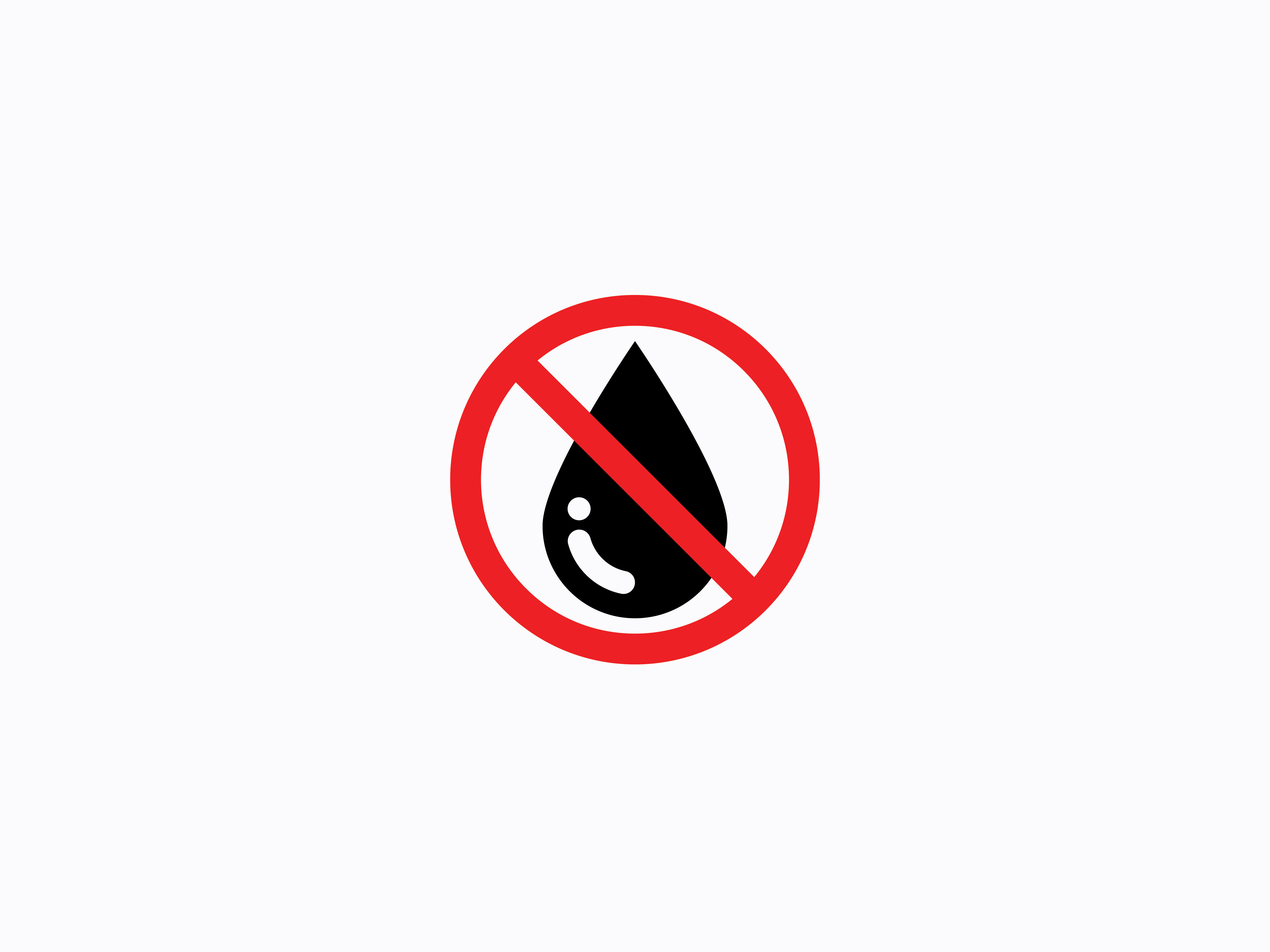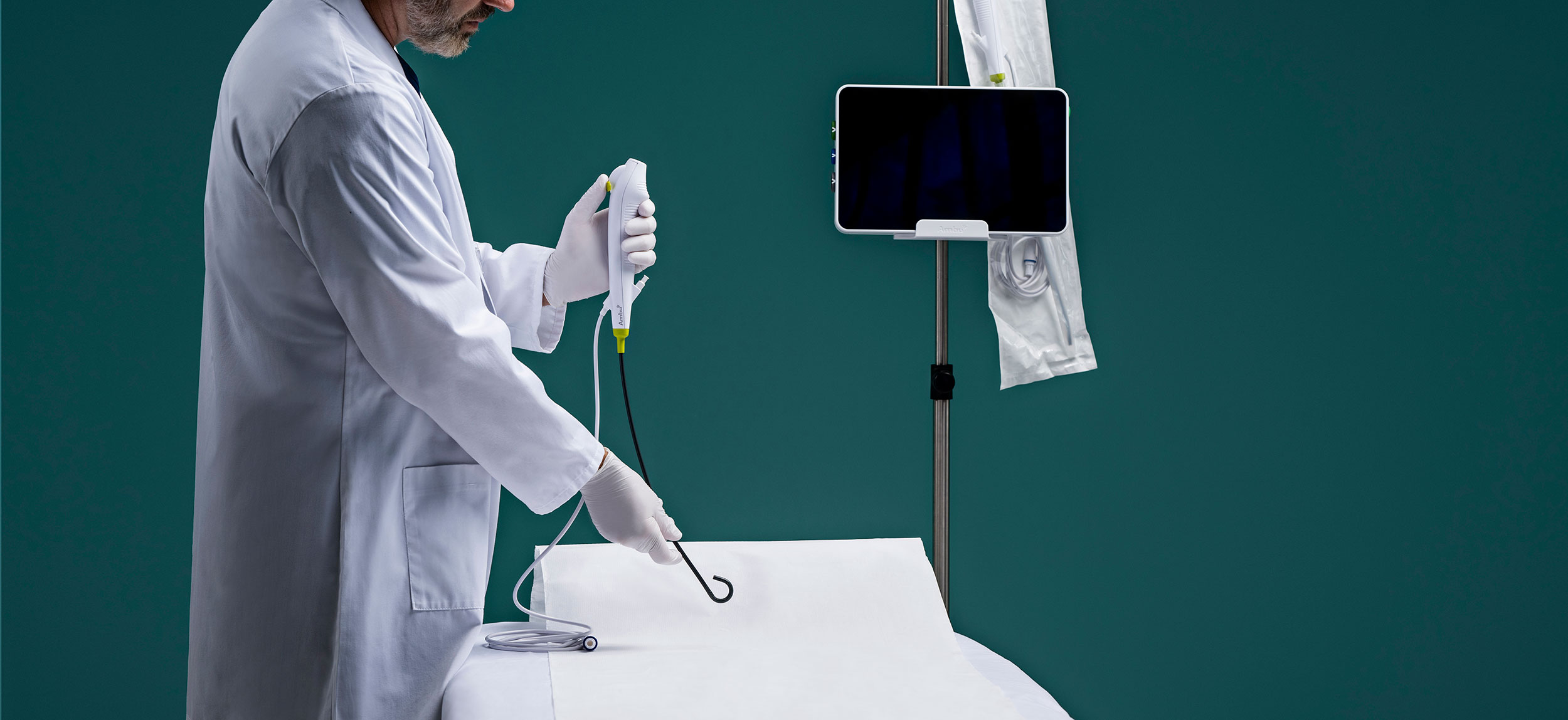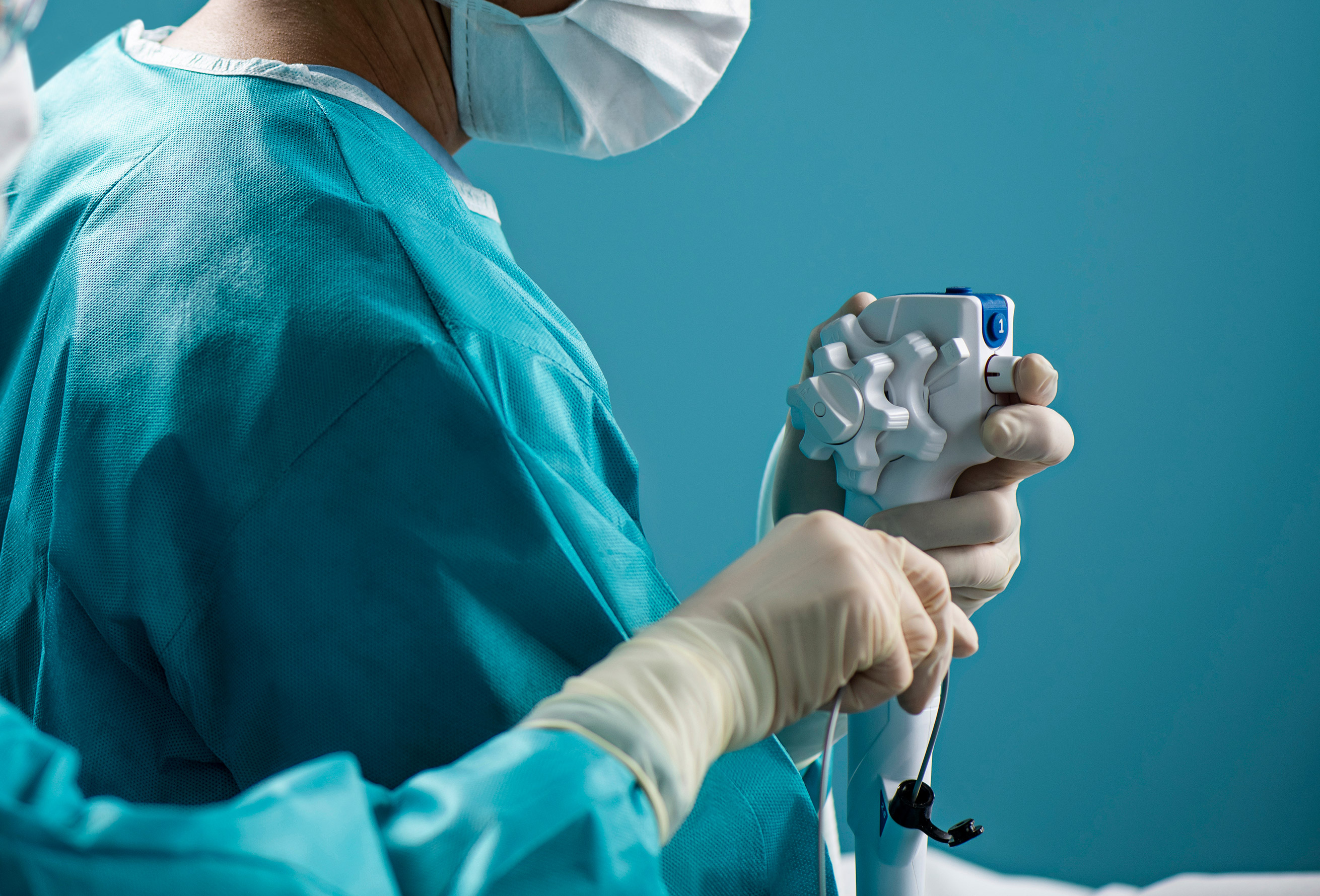
Moisture has no place on medical instruments during the sterilization process, experts warn.
“If there is moisture on a device, the sterilant cannot penetrate through it, and that’s true even if it’s steam at high pressure,” said Ann Hewitt, vice president of sales and marketing at Cenorin, a reprocessing solutions company, in a recent Process This! podcast episode.
Both AAMI ST79 and AORN guidelines recommend that all devices must be thoroughly dried before sterilization, she said in the podcast, which is produced by the Healthcare Sterile Processing Association (HSPA).
Most sterile processing professionals are very aware of the implications of failure to dry with low temperature sterilization, said Bob Straub, a senior director at Cenorin, in the podcast.
“Low-temperature sterilizers truly recognize moisture as an impediment to proper sterilization and cycle completion, so the cycle will abort, preventing the accidental delivery of non-sterile product to the OR,” Straub said.
Those cancelled low temperature cycles do come at a high cost, however, in the form of both time and materials, and can contribute to the frustration level of sterile processors. But when it comes to steam sterilizers, moisture present on instruments becomes more dangerous, Straub said.
“I might argue that it’s even more important to dry items before they go into steam sterilizers, because the sterilizer is not going to tell you that there’s a moisture problem,” he added.
Your first clue that there’s a moisture problem might be a complaint from the OR about a wet pack, or it might be that a surgical site infection (SSI) was traced back to that load, he said. Additionally, anything on the surface of the device, including a water droplet, acts like a barrier between the sterilant and the surface.
It’s critical that flexible scopes are completely dry after they are processed and before they go into storage, and for high-risk scopes that need to be sterilized, they must be dry before sterilization, Hewitt said.
As many studies have shown, inadequately processed scopes can lead to patient infection. Single-use endoscopes like those designed by Ambu eliminate the need for reprocessing and minimize the risk of cross-contamination.
Moisture will always provide the ideal environment for the formation of biofilm, according to Hewitt.
She said she often hears people say the devices don’t need to be dry, because they’re going into steam. But, she added, don’t be fooled into overrating the cleansing power of steam.


